Coupled Tanks Apparatus
Categories: Engineering Lab EquipmentDescriptionThe Coupled Tanks Apparatus investigates basic and advanced control engineering principles. This includes the study of static and dynamic systems. It is also an ideal system to use with oth...
Product
Description
Description
The Coupled Tanks Apparatus investigates basic and advanced control engineering principles. This includes the study of static and dynamic systems. It is also an ideal system to use with other control strategies such as fuzzy logic. The shows fluid transport and liquid level control problems in process control. The basic control problem is to regulate the liquid level in one of the tanks by varying the speed of the circulating pump. The user guide includes experiments that cover system modelling using static and transient measurements, steady-state error analysis, transient response studies and Ziegler/Nichols tuning methods. Each tank has a level sensor that gives output signals proportional to the water level in each tank. A scale on each tank allows students to check the level-sensor calibration. A variable-speed pump forces water into the left-hand tank. A valve connects this tank to a second tank, if needed, for two-tank experiments. A rotameter-type flow meter shows the fl ow rate. An electronic fl ow meter measures the flow rate. The Multivariable Coupled Tanks Apparatus gives extra experiments. It is similar to the but with a second pump and flow meter. This pump forces water into the right-hand tank and works independently of the other pump. This gives more advanced experiments into the principles of multivariable control (both pumps work together to give the correct levels in the two tanks simultaneously).
Learning Outcomes
Calibration of transducer and actuator circuits
System dynamics in process systems
Design and operation of analogue proportional, proportional + integral, or proportional + integral + differential control controllers
Steady-state errors and closed-loop transient responses
Ziegler/Nichols controllers tuning rules
Multivariable control
Step-change tuning
State feedback
Flow control
The flexible design of the equipment allows the user to develop many other analysis and control exercises to suit their needs. It is good for extended or advanced control experiments, and is ideal for student project work.
Specifications
Atico is committed to a programme of continuous improvement; hence we reserve the right to alter the design and product specification without prior notice.
Nett dimensions and weight:
540 x 330 x 600 mm
17 kg empty; 22 kg with water
Approximate packed dimensions and weight:
0.09 m3, 25 kg (approx – packed for export)
Inputs (0–10 VDC):
• Pump 1 speed
• Pump 2 speed (MV only)
Outputs (0–10 VDC):
• Flow 1
• Level 1
• Flow 2 (MV only)
• Level 2
Other parts included:
• Connecting cables
• Liquid colouring
Operating Conditions
Operating Enviroment:
Laboratory
Storage Temprature Range :
–25°C to +55°C (when packed for transport)
Operating Temprature range:
+5°C to +40°C
Operating relative humidity range:
80% at temperatures < 31°C decreasing linearly to 50% at 40°C
quick overview :
Description
The Coupled Tanks Apparatus investigates basic and advanced control engineering principles. This includes the study of static and dynamic systems. It is also an ideal system to use with other control strategies such as fuzzy logic. The shows fluid transport and liquid level control problems in process control. The basic control problem is to regulate the liquid level in one of the tanks by varying the speed of the circulating pump. The user guide includes experiments that cover system modelling using static and transient measurements, steady-state error analysis, transient response studies and Ziegler/Nichols tuning methods. Each tank has a level sensor that gives output signals proportional to the water level in each tank. A scale on each tank allows students to check the level-sensor calibration. A variable-speed pump forces water into the left-hand tank. A valve connects this tank to a second tank, if needed, for two-tank experiments. A rotameter-type flow meter shows the fl ow rate. An electronic fl ow meter measures the flow rate. The Multivariable Coupled Tanks Apparatus gives extra experiments. It is similar to the but with a second pump and flow meter. This pump forces water into the right-hand tank and works independently of the other pump. This gives more advanced experiments into the principles of multivariable control (both pumps work together to give the correct levels in the two tanks simultaneously).
Learning Outcomes
Calibration of transducer and actuator circuits
System dynamics in process systems
Design and operation of analogue proportional, proportional + integral, or proportional + integral + differential control controllers
Steady-state errors and closed-loop transient responses
Ziegler/Nichols controllers tuning rules
Multivariable control
Step-change tuning
State feedback
Flow control
The flexible design of the equipment allows the user to develop many other analysis and control exercises to suit their needs. It is good for extended or advanced control experiments, and is ideal for student project work.
Specifications
Atico is committed to a programme of continuous improvement; hence we reserve the right to alter the design and product specification without prior notice.
Nett dimensions and weight:
540 x 330 x 600 mm
17 kg empty; 22 kg with water
Approximate packed dimensions and weight:
0.09 m3, 25 kg (approx – packed for export)
Inputs (0–10 VDC):
• Pump 1 speed
• Pump 2 speed (MV only)
Outputs (0–10 VDC):
• Flow 1
• Level 1
• Flow 2 (MV only)
• Level 2
Other parts included:
• Connecting cables
• Liquid colouring
Operating Conditions
Operating Enviroment:
Laboratory
Storage Temprature Range :
–25°C to +55°C (when packed for transport)
Operating Temprature range:
+5°C to +40°C
Operating relative humidity range:
80% at temperatures < 31°C decreasing linearly to 50% at 40°C
Product
Reviews
add Review
reviews
No Review Yet.
Copyrights © 2025 All Rights Reserved by Atico

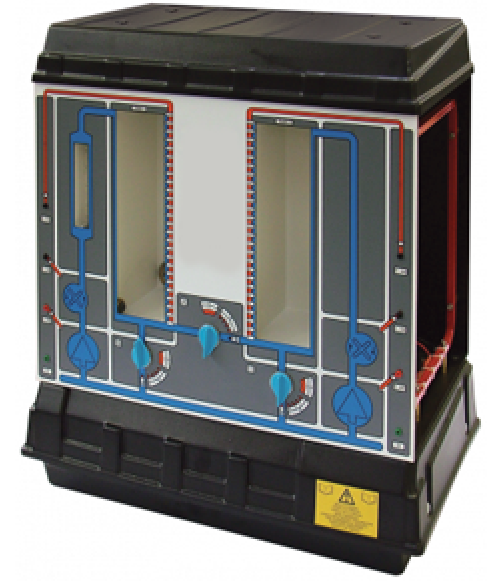




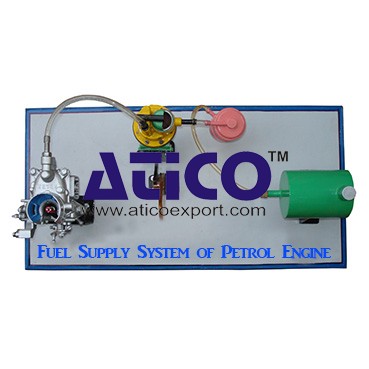
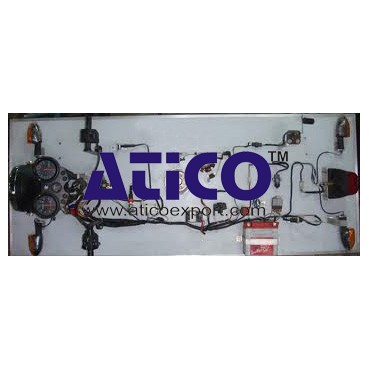
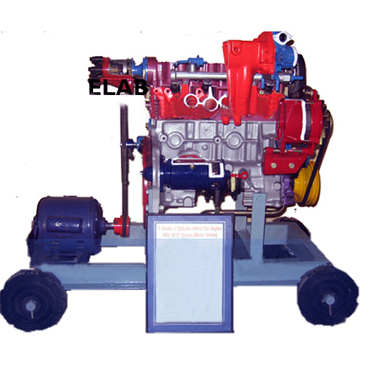
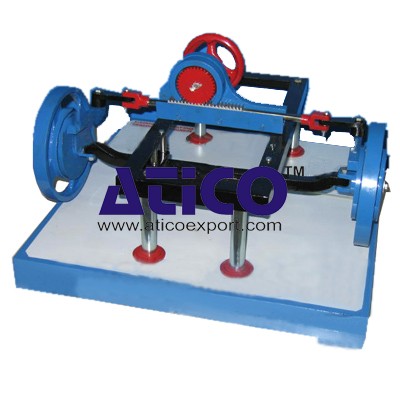
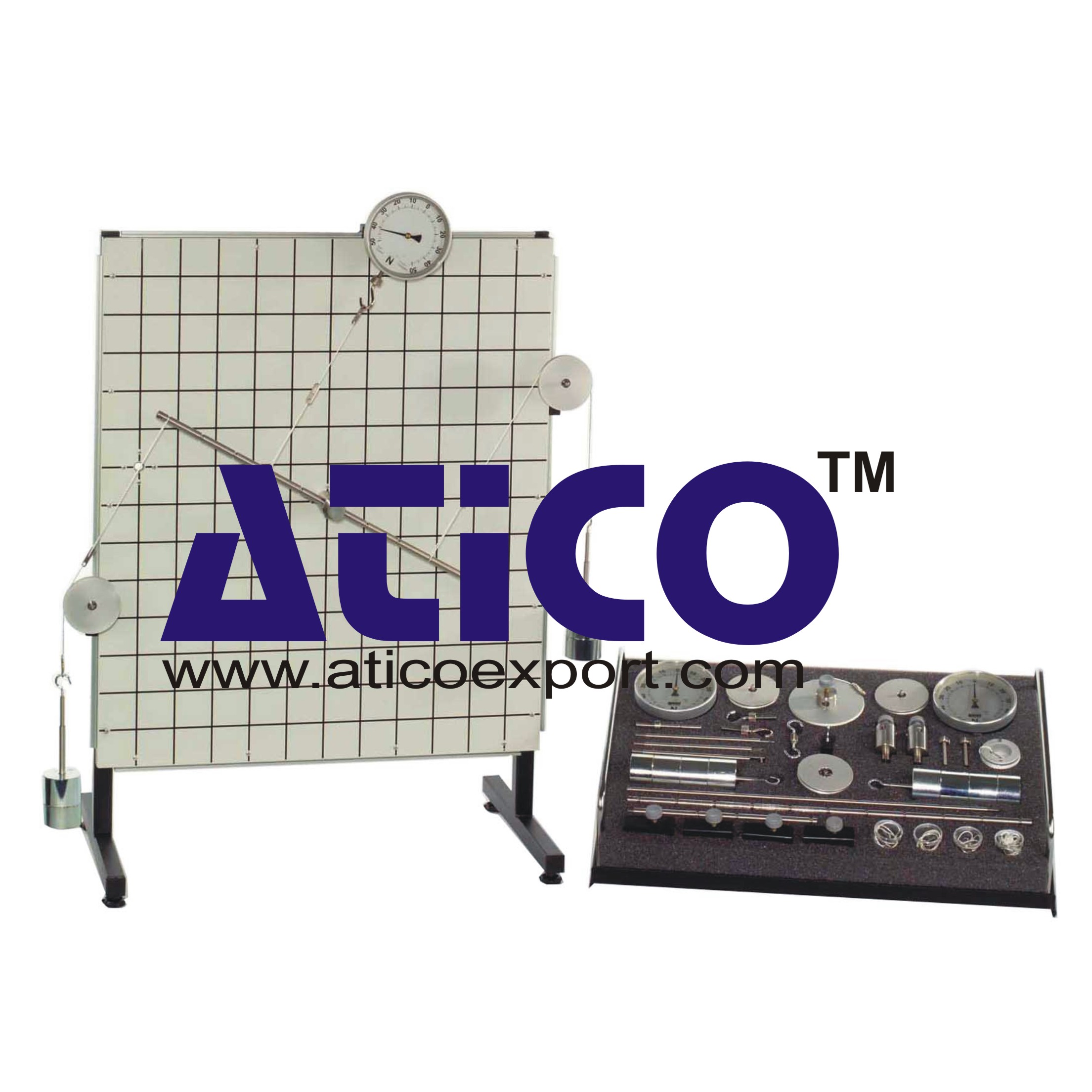
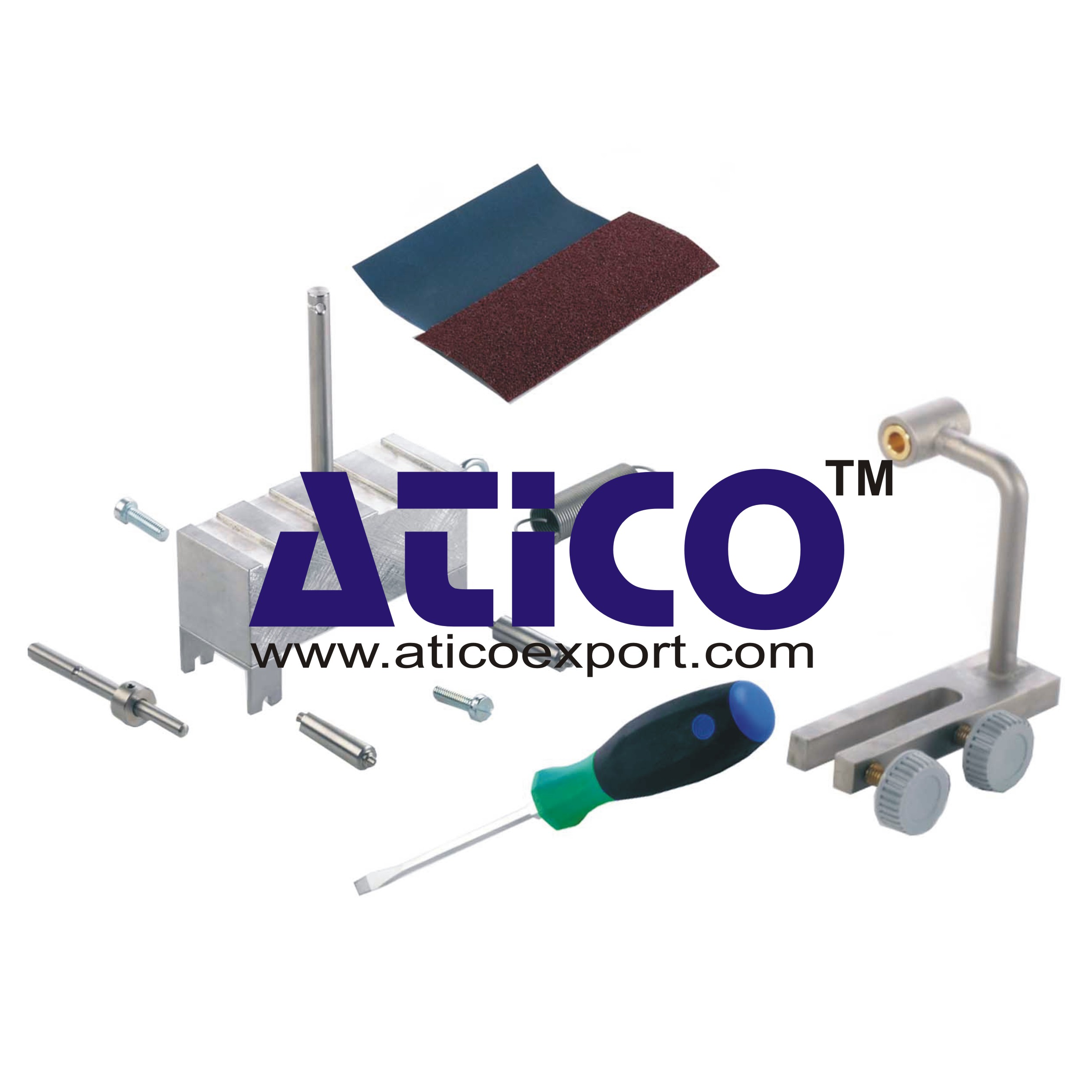
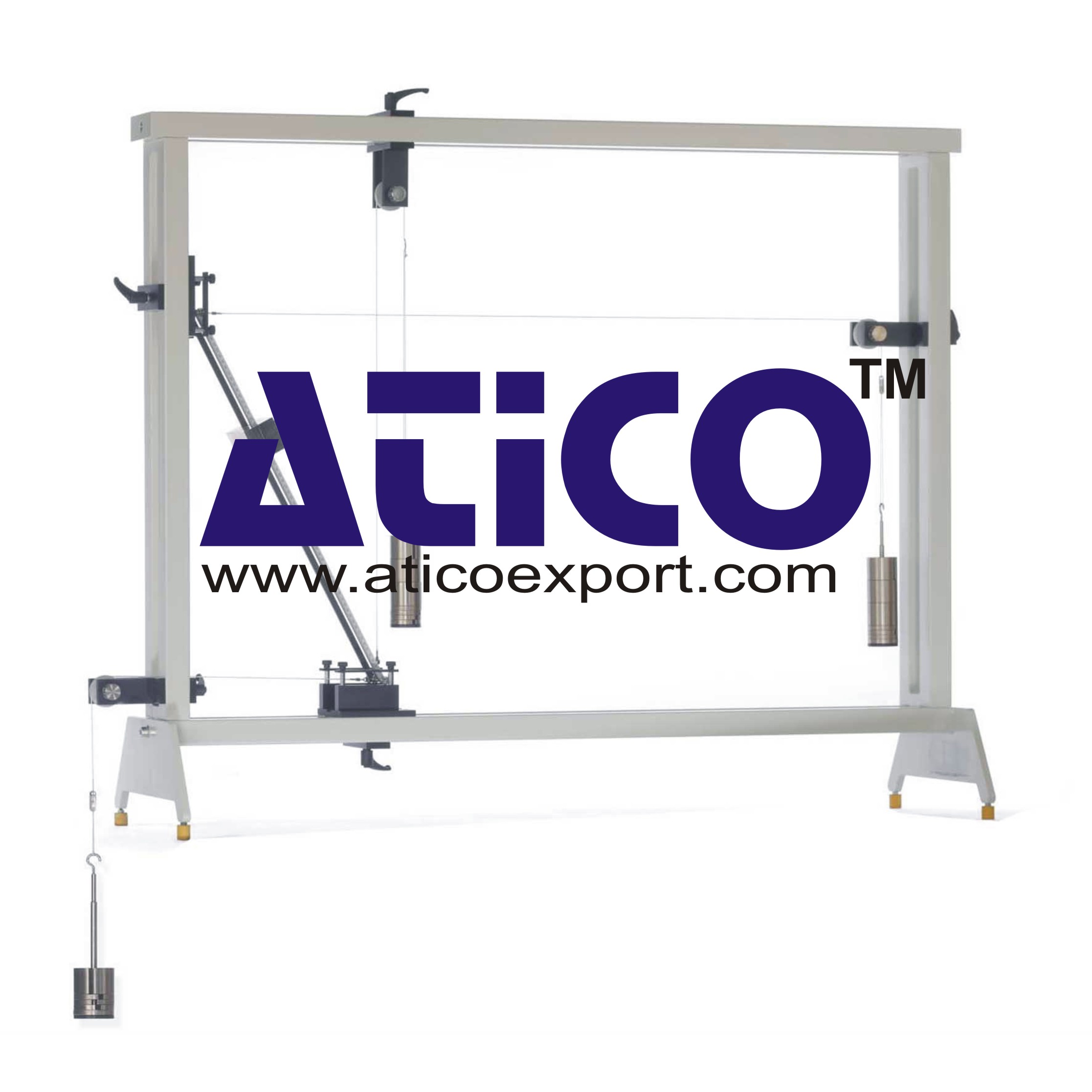
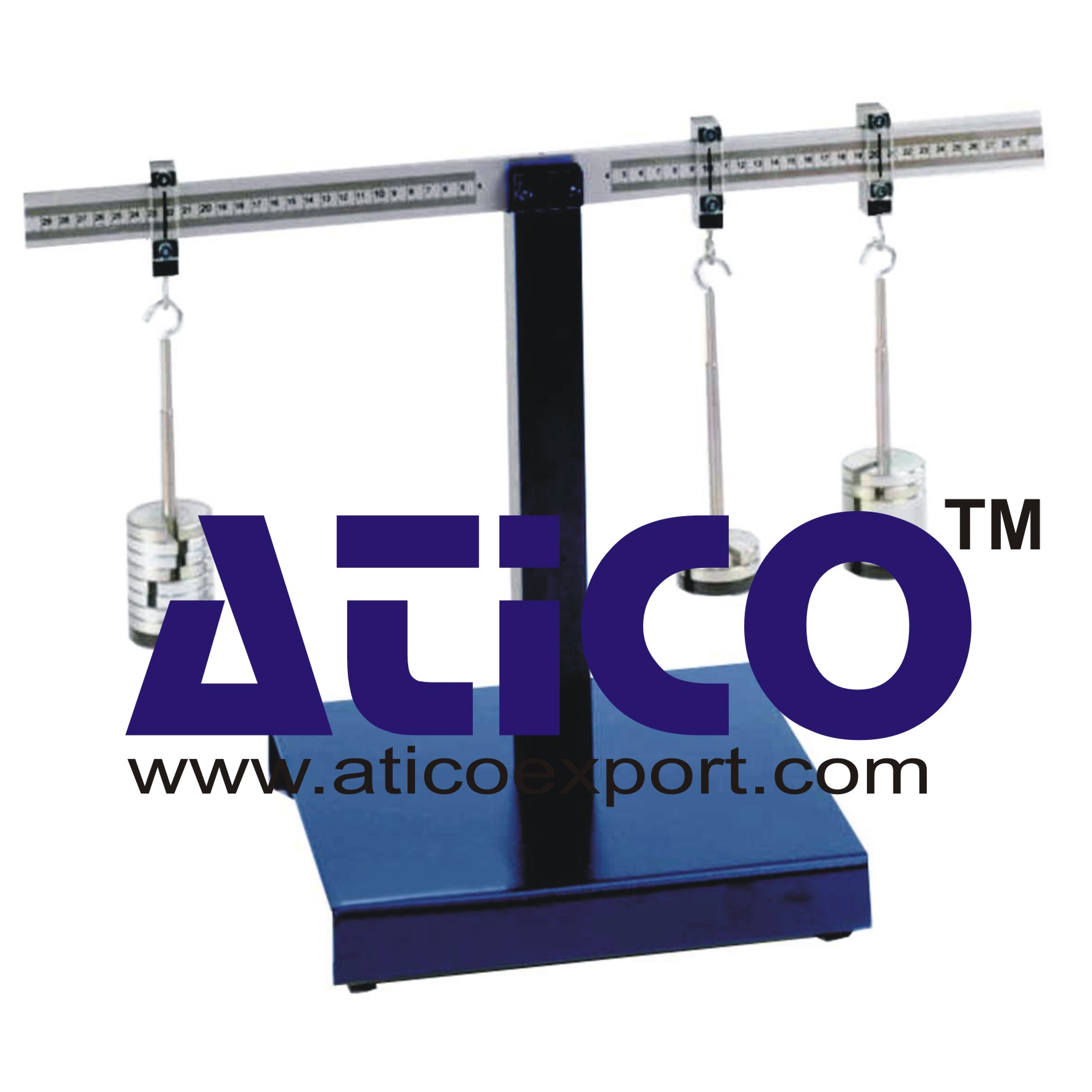
Product
Reviews
add Review
reviews
No Review Yet.